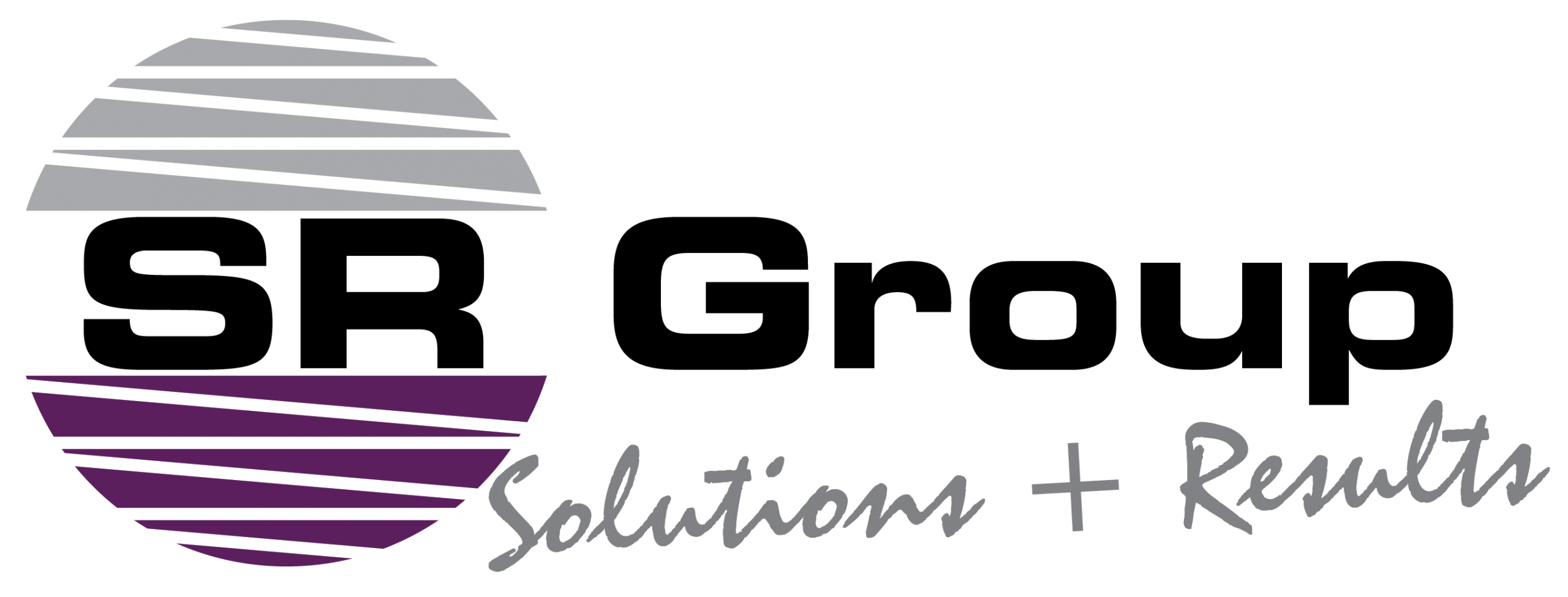
Problem Identification in Business; The 7 Pillars to Getting to the Real Problem therefore, Solution
As long as consumers have problems or issues, they will always search for solutions, the best keys to the solution. People will always look for better, faster and smarter ways to solve everyday tasks or problems.
Problem Recognition
Strange as it may seem, even your customers don’t always know they have a problem or a need. That is, at least, they have yet to be aware they have a problem or need or for whatever reason are unwilling to acknowledge it.
Sometimes this is a genuine lack of knowledge and at other times it is simply a dormant problem waiting to surface.
There are many situations where an individual or firm is not aware of a problem they need to fix. I.e. Customers are not always aware of regulations, technologies or industry trends.
The significant point here is for you to help find these pains, issues or problems and matching them with the best solutions.
In medicine, it’s easy to understand the difference between treating the symptoms and curing the condition. For example, a broken leg hurts. Drugs will help remove the pain, but only take away the symptoms, it doesn’t address treatment; nor does it deal with cause; you’ll need significant and proper management to help your bones heal appropriately, plus a process to avoid it happening again.
If you only fix the symptoms – what you see on the surface – the problem will almost certainly return, and need fixing over, and over again. Broken leg, after broken leg…
It’s a Process
Root Cause Analysis is a popular and often-used technique that helps address the question of why the problem occurred in the first place. It seeks to identify the origin of a problem using a specific set of steps, with associated tools, to find the primary cause of the problem, so that you can:
‘Determine what happened, why it happened, then reduce the likelihood that it will happen again’
RCA accepts that systems and events are interconnected. An action in one area triggers an action or outcome in another, and another, and so on. By tracing back these actions, you can discover where the problem started and how it grew into the symptom you’re now facing.
The Big 3
People tend to do three things when faced with a problem, they:
- Become afraid or uncomfortable.
- Feel that they have to come up with the answer.
- Blame someone.
The problem is simply this – Being faced with a problem becomes a problem. And that’s a problem because, in fact, there are always going to be problems… (Wow that was hard to follow, let alone write)
There are two reasons why we tend to see a problem as a problem:
- It has to be solved and we’re not sure how to find the best solution.
- There will most likely be conflicts about what the best solution is.
As most people are born problem solvers, the biggest challenge is to overcome the tendency to immediately come up with a solution.
‘The most common mistake in problem solving is trying to find a solution right away’
That’s a misstep because it tries to put the solution at the beginning of the process, when what we need is a solution at the end of the process.
The 7 Steps
1. Clearly Identify the Problem.
- Be well defined about what the problem is.
- Different people might have different views of what the issue is.
2. Understand everyone has a stake.
- Remember people’s interests are the needs that you need to satisfy by any given solution.
- The best solution is the one that satisfies everyone’s interests.
- This is the time for active listening. For now put aside differences and listen to each other with the intention to truly comprehend.
3. List the possible solutions
- Brainstorming time.
4. Evaluate the Possibilities.
- What are the advantages and disadvantages?
5. Time for Decision.
- With all considered -What’s the best option?
- Is there a way to “bundle” options for a more palatable solution for all stakeholders?
6. Agree on contingencies, monitoring, and evaluation.
- Make contingency agreements about foreseeable future circumstances.
- How will you monitor compliance and follow-through?
- Create opportunities to evaluate the agreements and their implementation.
7. Document the outcome(s).
- Capturing the outcomes will help you think through all the details and propositions.
The Benefits
Working through this sequence is not always a precise linear exercise, you may have to cycle back to an earlier step.
For example, if you’re having trouble selecting an option, you may have to go back to thinking about the interests.
Stakeholders are more likely to buy in when they are consulted.
The Road Map
A problem is like a curve in the road. Take it at the right speed, with the right angle and you’ll find yourself in good shape for the straight that follows. Take it too fast and you may end up on the wrong side of the road with traffic coming at you or off the path altogether.
The Payoff
Problem-solvers within any business are usually also the best prepared to effectively solve customers’ needs as well.
In fact, every business is about solutions to customer problems and need – no needs, no problems, therefore no business. Problems are an everyday part of every business and personal environment.
The more difficult and important the problem, the more helpful and necessary it is to use a disciplined process without intent that can be questioned, or motive and remain objective.
By looking deeper to figure out what’s causing the problem, you can fix the underlying systems and processes so that it goes away for good.
Make sure you effectively Step IN by identifying the real PROBLEM.









No Comments
Sorry, the comment form is closed at this time.